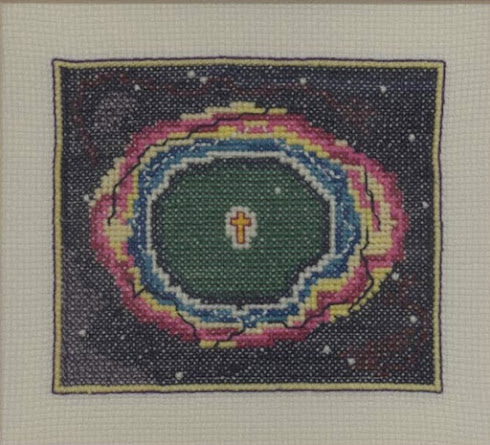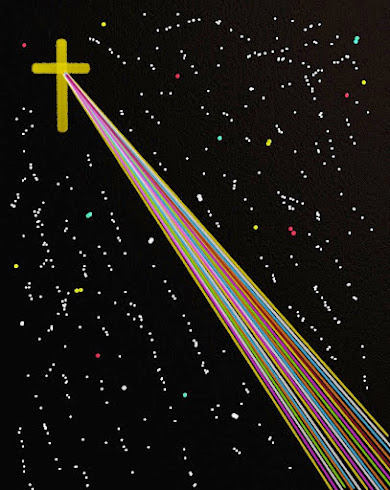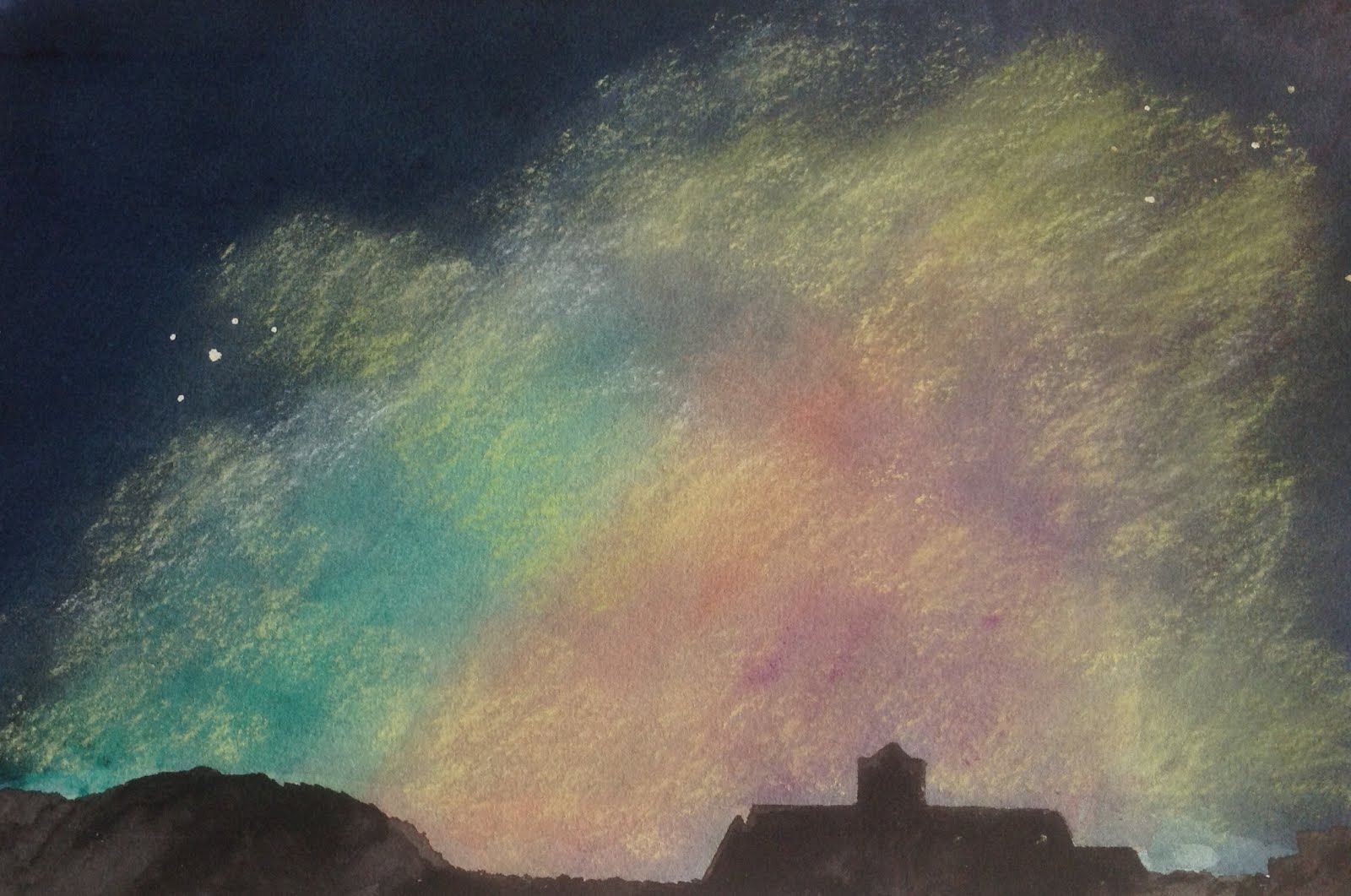FIREBALL: A ‘Once in a Lifetime’ Experience.
On Thursday 24th September this year, we were on holiday in Orford, just North of Woodbridge in Suffolk UK. It was just after 3am and from the window in the attic bedroom of the rented house, the stars were a glorious sight. Whenever I look out on a clear sky, I always wonder whether there just might be a chance of seeing a meteorite. Shooting stars are visible on most clear nights but one has to be looking at just the right moment, they are literally over in a flash and most give the appearance of just a thin line of light across the sky lasting for just moments. We have particularly watched for these on any clear nights on 12th August. On that night and for a few days either side of 12th every year there are meteor showers known as the Perseid showers. In a good year, when there are no clouds and the moon is low or out of sight, around 100 meteorites per hour can be seen. Some are bright, some have colour and some are accompanied by a faint noise. When I say we have watched for these shooting stars, we have watched on Dartmoor, on the roof of our narrow boat (when we had it), from dark beaches and dark gardens but we have never seen anything like the meteorite on 24thSeptember. This shooting star was, I realised, a ‘fireball’. It was such a spectacle that I put in a report to the UK Meteor Network which I found the following morning on the web. A second quite remarkable aspect of this event was that being in an unfamiliar bedroom, I was using my mobile phone to guide me as I moved round the bedroom, so I was able to report the time with unexpected accuracy.
At that point, I did not find the note on the site, which records all such reports, that fireball sightings are ‘once in a lifetime’ events. Because all I got from the site was an eMail giving the sighting a reference number, I came near to wondering whether I had imagined the incident. I recorded the reference number, filed it on my desktop and more-or-less forgot it.
Then, I was doing a bit of much-needed tidying of my desktop in mid-November and was about to bin the reference number. Before doing that I thought I’d check the site out. I was amazed! The fireball was observed by six other people: two in Holland, three in Belgium and two in England. Four of those people put the timing at precisely the same moment, 03.07am in England, 04.07 in The Netherlands and 04.07 in Belgium. Four of the records, including mine, estimated the event at about 3.5 seconds long. And what was most delightful about discovering that others had seen the fireball was that one of them from Holland. Kees H of had managed to capture it on his/her camera and the photo was incorporated into the report. That is the picture shown above and accords very well with my sighting. Comprehensive details can be found on the web at https://ukmon.imo.net/imo_view/event/2020/5351 The map of the sightings is excellently displayed and shows a calculated path for the 3.5 second journey of the piece of space rock which probably entered the atmosphere between Brussels and Ghent and flared out above the North Sea somewhat to the East of Orford. That is a shame because the residual rock or bolide will be lost in the depths of the North Sea. However, the contra to that is that had it made landfall, it could have done a very considerable amount of damage – so on balance, maybe the sea was the better option!
If you look at the details in the reports, you will see that two of the timings are not particularly near the others. This is easily explained. It was the purest chance that I had my phone in my hand. Had I simply seen the event in a half-awake state (which could easily have happened!) I would have been left to guess the time: another observer might only have become aware that there is a site to report such incidents, maybe after a conversation with someone, possibly one or two days later. In such a circumstance one would be left guessing the time, so the discrepancies are not that surprising.
The website information also includes estimates of the brightness of the fireball. Because of the existence of the unexpected photograph, I realise that I substantially underestimated its brightness or magnitude: I equated it to the full moon in my report, a magnitude of -13 (the higher the negative number, the brighter the object). All but two others estimated it far brighter than I did: I think now, they were much better estimates (-16: -19: -18: -19). It was undoubtedly the brightest object I have ever seen in the night sky so my estimate was very much on the conservative side.
But for all the detail, I give thanks for that once-in-a-lifetime glimpse into one of the rarely seen marvels of God’s exquisite creation.
PS. I assume the dotted line in the photo to be the navigation light of a plane.
































